Driver Signature Enforcement is a feature in Windows 11 that restricts the installation of drivers that have been signed by Microsoft. You can disable the feature using the Windows RE or the Local Group Policy Editor; instructions for both are provided here. Advanced Boot Options is a quick way to disable this feature.
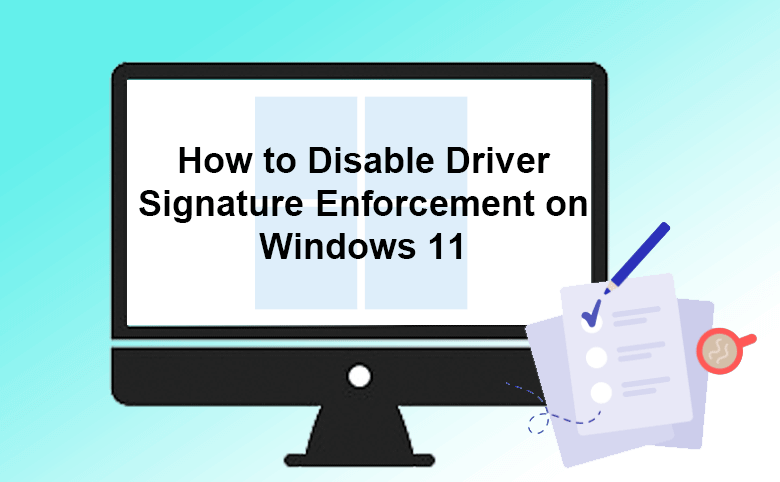
Driver signature enforcement ensures that only the most secure drivers are downloaded and installed. However, in some instances, hiring an unsigned driver is necessary. As a result, this post will go over how to disable driver signature enforcement in Windows 11.
However, before we go into how to disable driver signature enforcement on Windows 11, let us first study a little bit about digitally signed drivers. If you have more knowledge about driver enforcement, it will be easier and safer for you to proceed with the disabling task. As a result, the next section discusses the subject.
Recommended Post:- How to Fix Microsoft Office Error Code 0x426-0x0 Issue
Is It Safe to Disable Driver Signature Enforcement?
Simply defined, digitally signed drivers, also known as driver signature enforcement, are electronic fingerprints that verify the driver you are downloading is the brainchild of the hardware manufacturer and has not been altered since its creation.
Driver signature enforcement ensures a driver’s validity and the absence of any negative third-party involvement. It is extremely beneficial to people who place the highest value on security. Furthermore, 64-bit Windows systems require you to download and install only digitally signed drivers for security and optimal performance.
It does not, however, imply that removing driver signature enforcement is dangerous. Disabling it is sometimes essential. For example, if you want to utilize devices with non-digitally signed drivers and encounter Code 52- Windows cannot verify the digital signature and you receive a notice stating that the driver has been stopped from loading, you may need to disable driver signature enforcement on Windows 11.
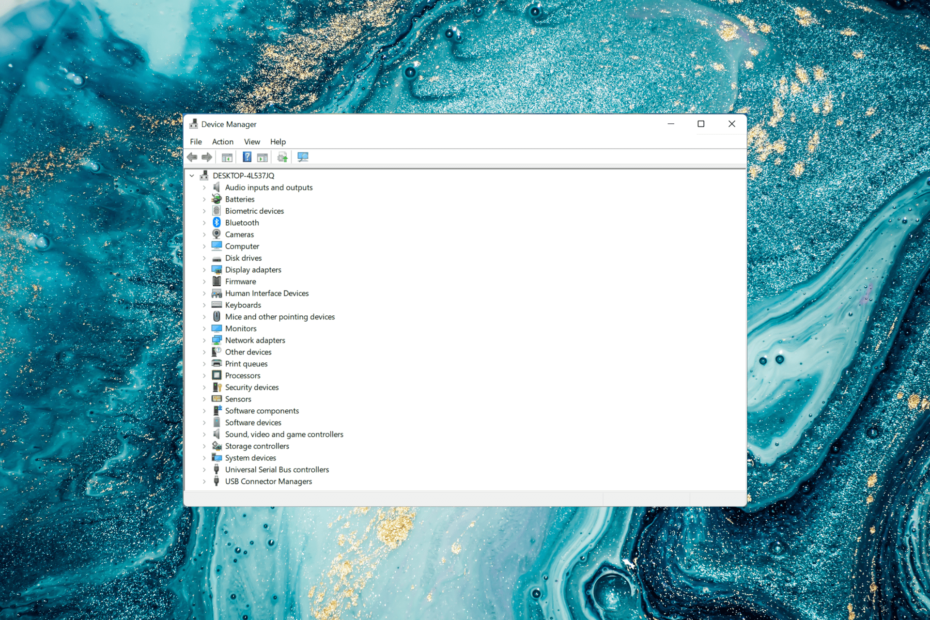
We hope you now understand what driver signature enforcement is and why you would want to disable it. We’ll show you how to disable driver signature enforcement on Windows 11 in the steps below.
Disabling Driver Signature Enforcement on Windows 11
The methods listed below can be used to disable driver signature enforcement on Windows 11.
Solution 1: Modify the Startup Settings
If you want to temporarily stop driver signature enforcement on Windows 11 and 10, you can adjust the starting settings. The instructions for changing your computer’s startup settings are as follows.
- Step 1: Hold down the Shift key for a few seconds.
- Step 2: From the on-screen menu, select Restart.
- Step 3: Navigate to Troubleshoot, then to Advanced Options, then to Startup Settings, and finally to the Restart option.
- Step 4: To disable driver signature enforcement, use the F7 key on your keyboard.
- Step 5: Wait for your computer to restart before installing unsigned drivers.
Solution 2: Turn off the driver signing code
To temporarily disable driver signature enforcement on Windows 10 and 11, utilize the Local Group Policy Editor to deactivate the driver signing code. However, you must strictly adhere to this procedure and make no additional changes. The instructions for carrying out the required activity are provided below.
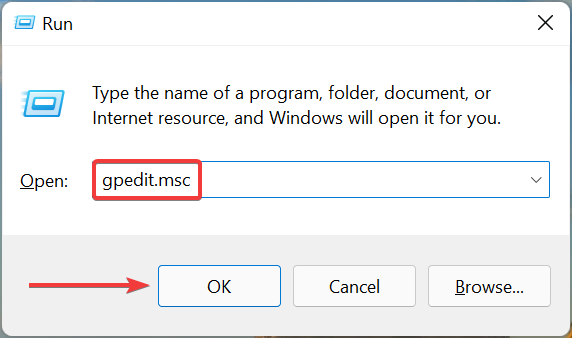
- Step 1: Launch the Run utility by pressing the Windows+R hotkey.
- Step 2: To open the Local Group Policy Editor, type gpedit.msc into the on-screen box and press OK.
- Step 3: Select User Configuration from the Local Group Policy Editor’s left side.
- Step 4: Click twice on the Administrative Templates tab in the main window.
- Step 5: Navigate to the Driver Installation by clicking twice on System.
- Step 6: Select the option for Code signing for device drivers.
- Step 7: Change Enabled to Ignored from the available dropdown menu.
- Step 8: Select OK to apply the changes to your Windows 10 PC.
- Step 9: Finally, turn off your computer.
Solution 3: Using Command Prompt to permanently stop driver signature enforcement
When you want to permanently disable driver signature enforcement in Windows 10, you can use Command Prompt. The procedure for using it is mentioned below in the following section of the article.
- Step 1: Select Command Prompt (Admin) from the menu that opens by right-clicking the Start icon.
- Step 2: In the on-screen window, type bcdedit.exe /set no integrity checks on and press the Enter key.
Solution 4: Try booting into Windows 11 Test Mode
You can temporarily disable driver signature enforcement by using Windows 10 test mode. We’ll walk you through the process step by step below.
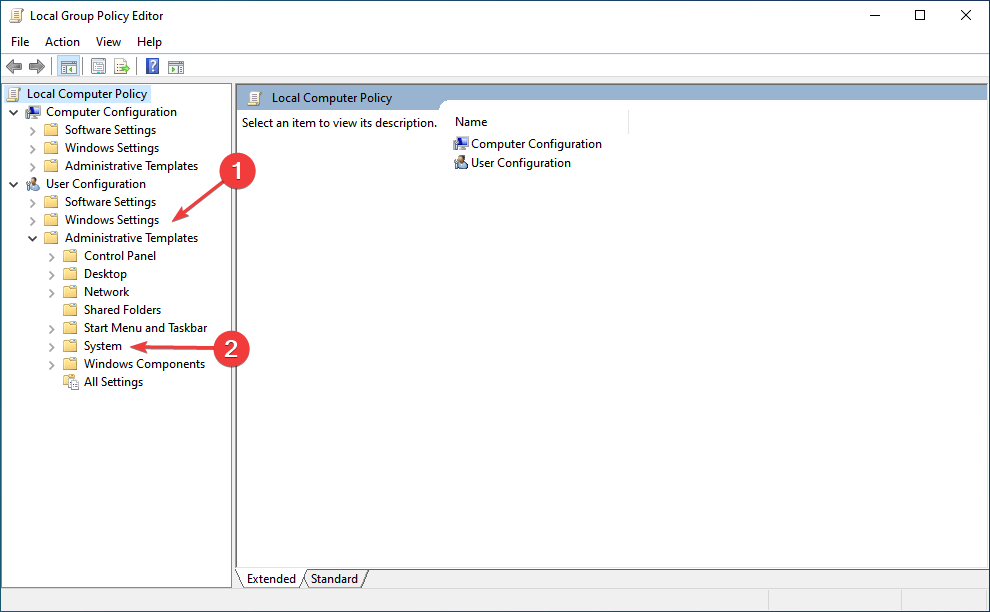
- Step 1: Launch the Command Prompt (as administrator). You can do that using the quick access menu (the menu that appears after right-clicking the Windows icon).
- Step 2: In the window on your screen, type bcdedit /set TESTSIGNING OFF and hit the Enter key.
- Step 3: Restart your computer after closing the Command Prompt window.
- Step 4: Install all unsigned drivers that are required on your PC.
- Step 5: After installing the drivers, open Command Prompt with administrative privileges, type bcdedit /set TESTSIGNING ON, then restart the computer to return to normal mode.
All of the methods to disable driver signature enforcement on Windows 11 are detailed above. If you need to re-enable the enforcement, you may easily do it with Command Prompt. The following section explains how to do it.
How to Enable Driver Signature Enforcement for Disabled Drivers
The disabled driver signature enforcement can be enabled as shown below.
- Step 1: As an administrator, launch the Command Prompt utility.
- Step 2: In the Command Prompt window, type cdedit.exe /set no integrity checks off and press the Enter key.
If the above command does not enable driver signature enforcement, try bcdedit -set load options ENABLE INTEGRITY CHECKS and bcdedit -set TESTSIGNING OFF.
So that was the process of removing and re-enabling driver signature enforcement. When you disable driver signature enforcement in Windows 11, you must keep certain safety factors in mind. The following section discusses the same subject.
Tips for Keeping Your PC Safe When Disabling Driver Signature Enforcement
Disabling driver signature enforcement might expose your computer to a variety of security dangers and concerns, including data loss. As a result, when disabling it, you should take the following measures.
- Make a backup of your data and drivers
To avoid data loss or issues caused by unsigned drivers, back up your data and drivers before deactivating driver signature enforcement. You can use the finest backup ways to save data and tools like Bit Driver Updater to back up existing drivers.
- Examine for viruses
A driver’s digital enforcement ensures that there is no third-party intervention in the driver. Unsigned drivers are vulnerable to viruses and other security concerns. As a result, after installing an unsigned driver, you should run a full PC scan with antivirus software.
If you have any questions or concerns about disabling driver signature enforcement, please read the section below.
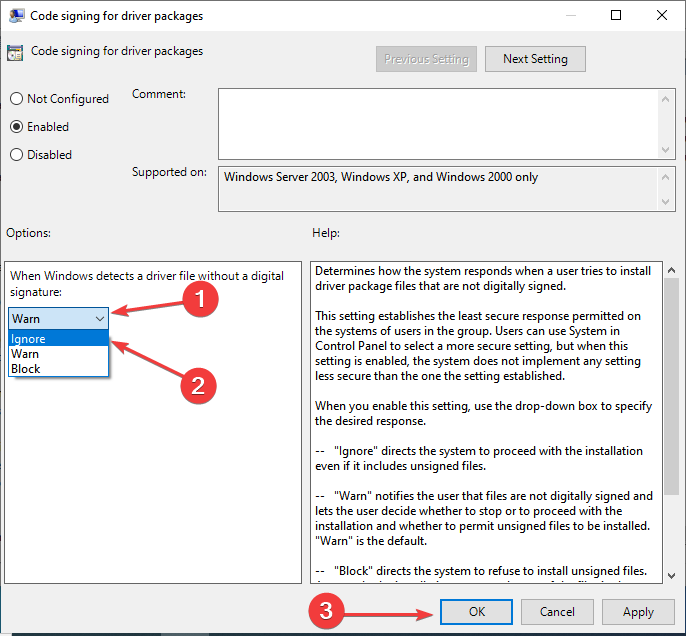
F.A.Qs
All of the frequently asked questions about how to disable driver signature enforcement on Windows 11/10 are answered below.
Ques 1. Is it possible to permanently disable driver signature enforcement?
Ans. In most cases, disabling driver signature enforcement is only temporary. However, as explained in Method 3 above, you can permanently disable using the Command Prompt’s bcdedit.exe /set no integrity checks on command.
Ques 2. What happens if driver signature enforcement is turned off?
Ans. Driver signature enforcement ensures that your computer only installs signed and safe drivers. By disabling signature enforcement, you can install unsigned drivers, which may be dangerous if received from untrustworthy sources. As a result, we recommend only obtaining drivers from reputable sources.
Ques 3. Is it possible to stop driver signature enforcement in Windows 11?
Ans. Yes, if you need to obtain unsigned drivers for whatever reason, you can disable driver signature enforcement using the methods described above.
Ques 4. How can I install a driver that is not digitally signed?
Ans. To install an unsigned driver on Windows 11, you must disable driver signature enforcement.
Ques 5. In Windows 11, how can I disable the driver signature?
Ans. This article discussed several methods for turning off driver signature enforcement in Windows 11. You can utilize them at your leisure to complete the task.
Ques 6. How do I locate unsigned drivers in Windows 10?
Ans. To locate unsigned drivers on your Windows 10 PC, use the procedures below.
- Using the Windows+R keyboard shortcut, launch the Run tool.
- To open the File Signature Verification utility, enter sigverif in the provided box and click OK.
- To view the unsigned drivers on your computer, click Start.
Ques 7. How do you determine whether your drivers are digitally signed?
Ans. To determine whether the driver is digitally signed, right-click on the *.sys file and select the digital signatures tab.
Conclusion
This article discussed how to turn off driver signature enforcement in Windows 11. You may easily disable it by following the instructions above. However, you must take some care (as described in the preceding guidelines) to avoid any harm from unsigned drivers.







